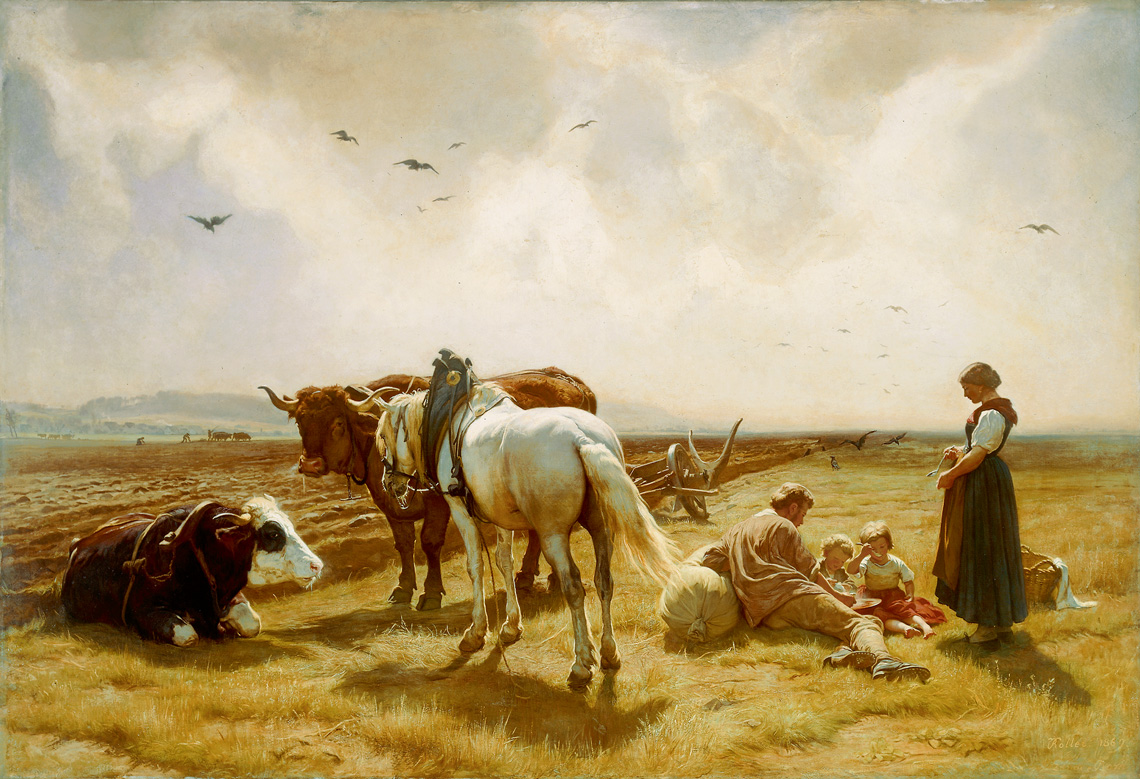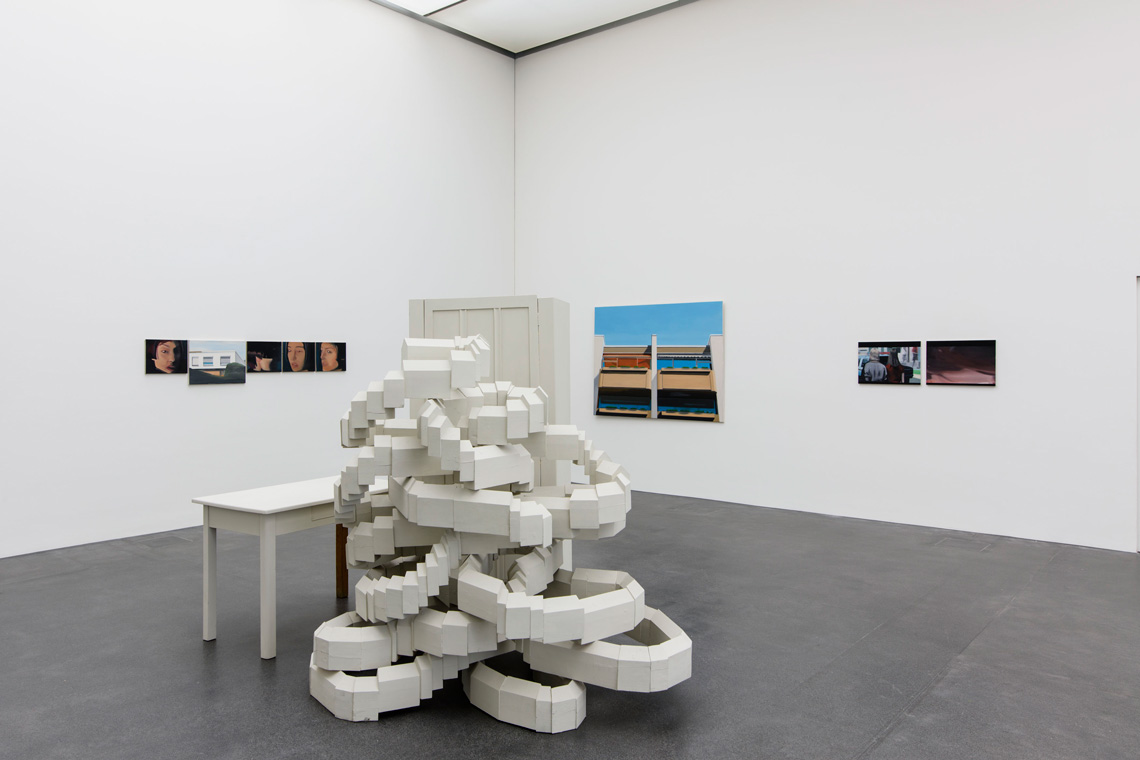von früh bis spät
Bilder des Alltags aus der Sammlung
With Albert Anker, August Babberger, Hans Bachmann, Stefan Banz, Maurice Barraud, Auguste Baud-Bovy, Arnold Böcklin, Adolphe Braun, Heidi Bucher, Eugène Burnand, Paul Camenisch, Heinrich Danioth, Dias & Riedweg, Anthony Douglas Cragg, Charles Georges Dufresne, Raoul Dufy, Franz Eggenschwiler, Franz Elmiger, Hans Emmenegger, James Ensor, Alois Fellmann, Terry Fox, Auguste Garcin, Giovanni Giacometti, Wilhelm Gimmi, Konrad Grob, Leopold Haefliger, Eberhard Havekost, Ferdinand Hodler, Teresa Hubbard / Alexander Birchler, Rudolf Koller, Max Liebermann, Johann Baptist Marzohl, Moriz Melzer, Constantin Meunier, Max von Moos, Max Pechstein, Clara Reinhard, Jean Renggli d. Ä., Peter Roehr, Dieter Roth, Sandra Schindler, Karl Friedrich Schobinger, Xaver Schwegler, Moritz von Schwind, Hugo Siegwart, Chaïm Soutine, José Julio de Souza Pinto, Friedrich Stirnimann, Beat Streuli, Hugo Suter, Wilhelm Trübner, Maurice Utrillo, Maurice de Vlaminck, Charles Wyrsch, Joseph Zelger, Robert Zünd
In 2017 the Kunstmuseum Luzern is devoting its collection presentation to the topic of the everyday. Do art and the everyday actually match? Is art not the beautiful, true and good, and the everyday is everything else? For a long time, profane life seemed too unassuming for high art, apart from great heroic acts. At the end of the 18th century, the true artwork had to be an immaculate entity without any trace of a tedious production process, according to the classical concept. In terms of content, it should only show the good and the beautiful, and certainly not everyday life. With the political and social upheavals around 1800, however, artists discovered the everyday, and art began to take a stand on current phenomena and problems.
The collection presentation highlights depictions of the everyday ranging from the Late Middle Ages to today. In alternating hangings, representations of transportation, work, urban and rural life, but also food and leisure, play and holidays, will be shown as facets of the everyday.
Opening 03.03., 6.30 p.m.
curated by Heinz Stahlhut
The exhibition is supported by Stiftung Monika Widmer and Gemeinnützige Gesellschaft Luzern.




